Between Procchio in the north and Marina di Campo in the south, two beautiful sandy beaches are connected, with medieval villages on the heights in between, hiking trails through the maquis, timeless historical buildings, abandoned churches, and geological and artisanal curiosities of the island.
This area thus allows for a combination of relaxation by the sea and panoramic excursions in the granite hills, discovery of granite quarries, and immersion in a calmer and more authentic atmosphere than some highly touristic areas. Villages like San Piero in Campo and Sant’Ilario draw attention for their ancient character, granite-paved streets, viewpoints over the sea and countryside, and their proximity to remarkable natural sites (Mount Perone, Mount Poro).
Main discoveries to make in this area
- Relaxation on the beaches of Procchio and Marina di Campo: long stretches of golden sand, clear waters, beach facilities, water sports.
- Visits to the ancient villages of Sant’Ilario in Campo and San Piero in Campo: granite architecture, old streets, Romanesque churches (San Nicolò in San Piero), local crafts.
- The landscapes, granite quarries, and mineralogy, with the Luigi Celleri Museum in San Piero.
- Hiking in the hills: Mount Perone and further, trails between Sant’Ilario and San Piero, scenic routes, viewpoints over the Gulf of Marina di Campo, on clear days views of Montecristo, and historical buildings such as the San Giovanni Tower and Pieve San Giovanni.
Mount Poro and its lighthouse near Marina, remnants of military batteries, and panorama over the gulf. The Galenzana cove, nestled between Marina and Mount Poro. - Gastronomic and local cultural experiences: local markets, seafood, small granite producers, crafts.
Map of locations from Procchio to Marina di Campo
If you see this after your page is loaded completely, leafletJS files are missing.
Procchio and its beaches
The beach of Procchio is one of the largest sandy beaches on Elba Island, lined with pine trees, with gently sloping seabeds, making it very suitable for families and inexperienced swimmers. Services in Procchio are well developed: beach facilities, bars, restaurants, rental of umbrellas and watercraft, sailing and diving schools, etc.
Campo all’Aia extends the Procchio beach to the east, a quieter beach, partly free and partly equipped, more natural. La Guardiola is the rocky point that “closes” the Gulf of Procchio on one side, offering beautiful views from the beach.
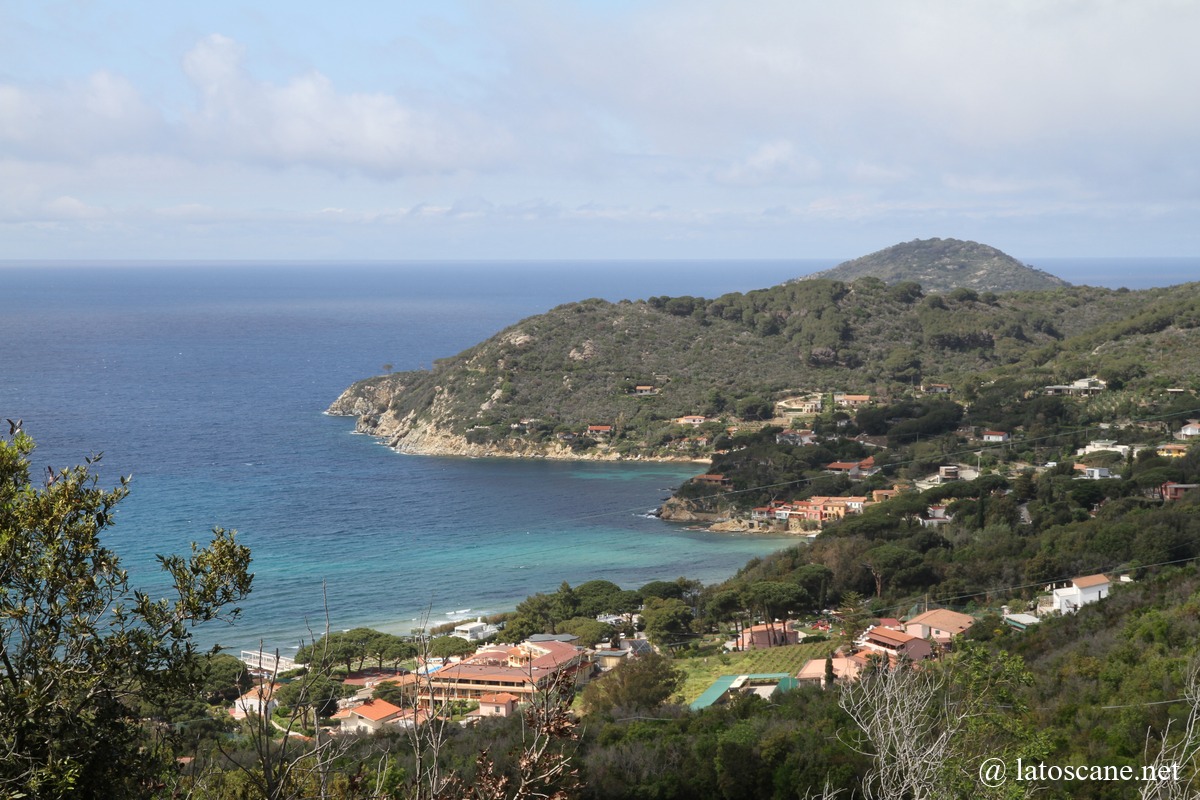
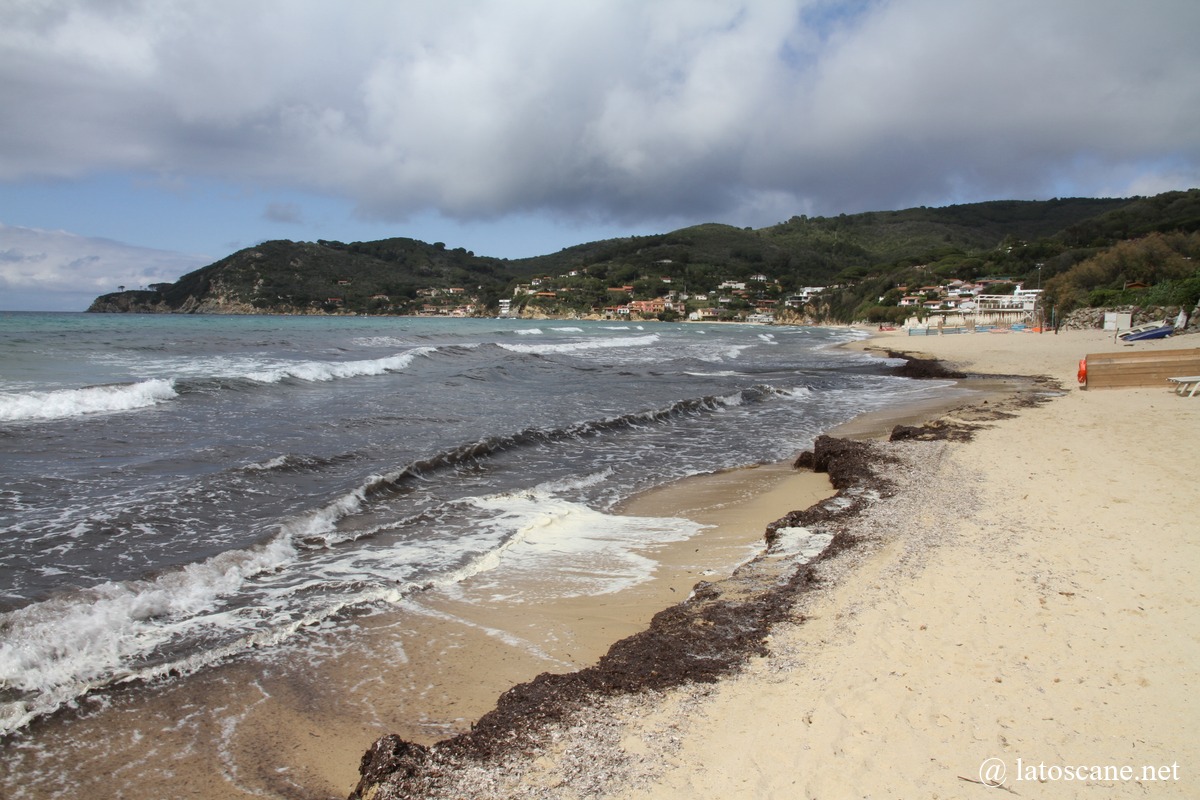
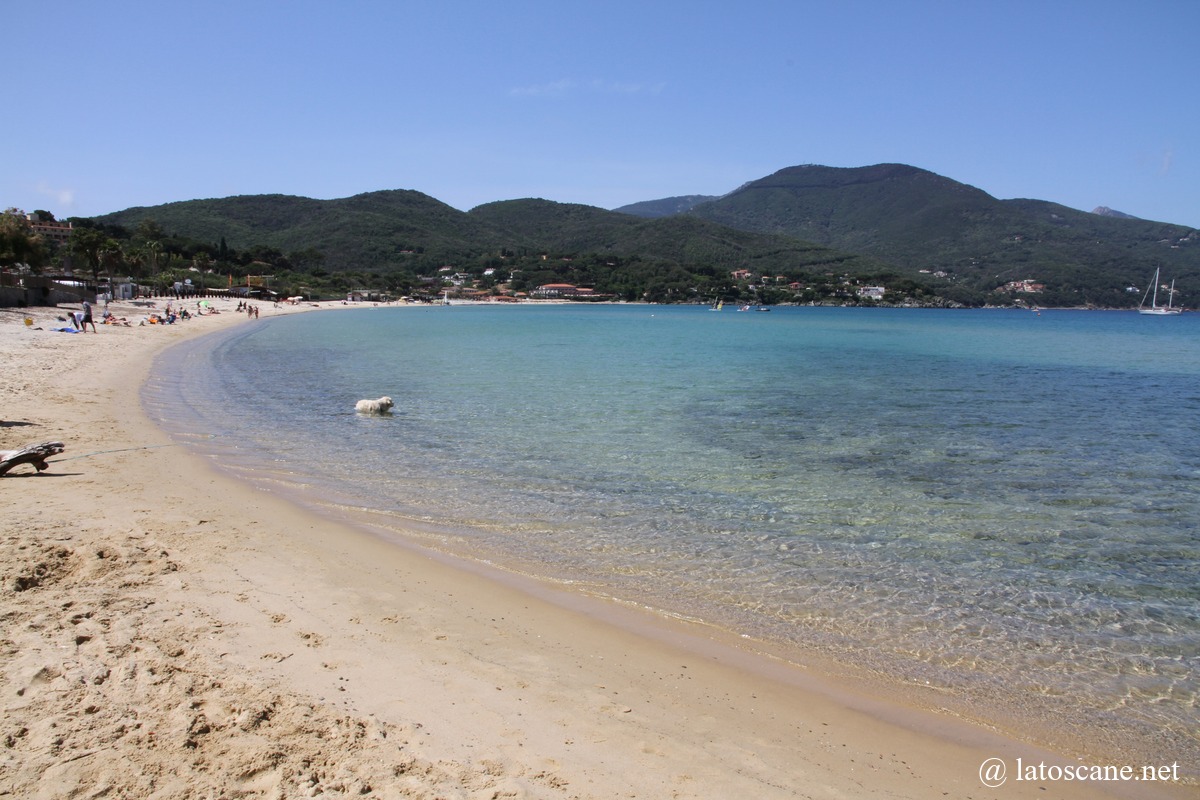
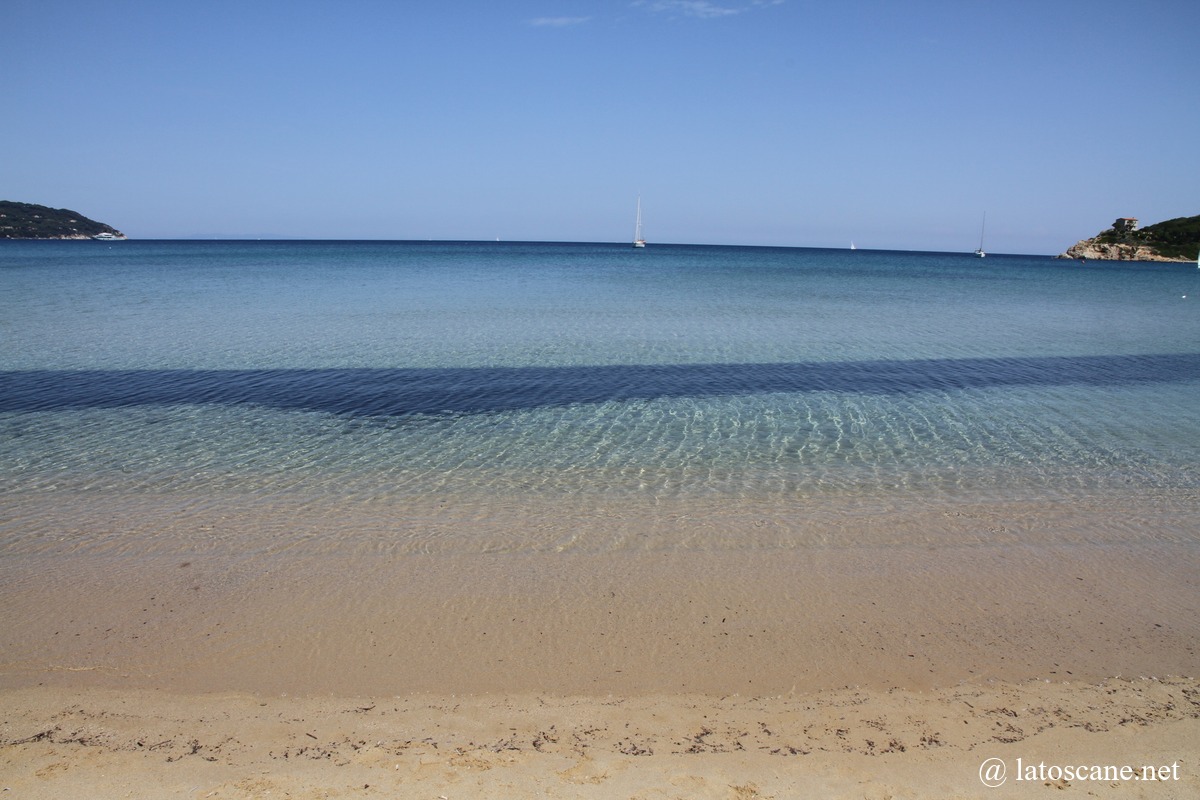
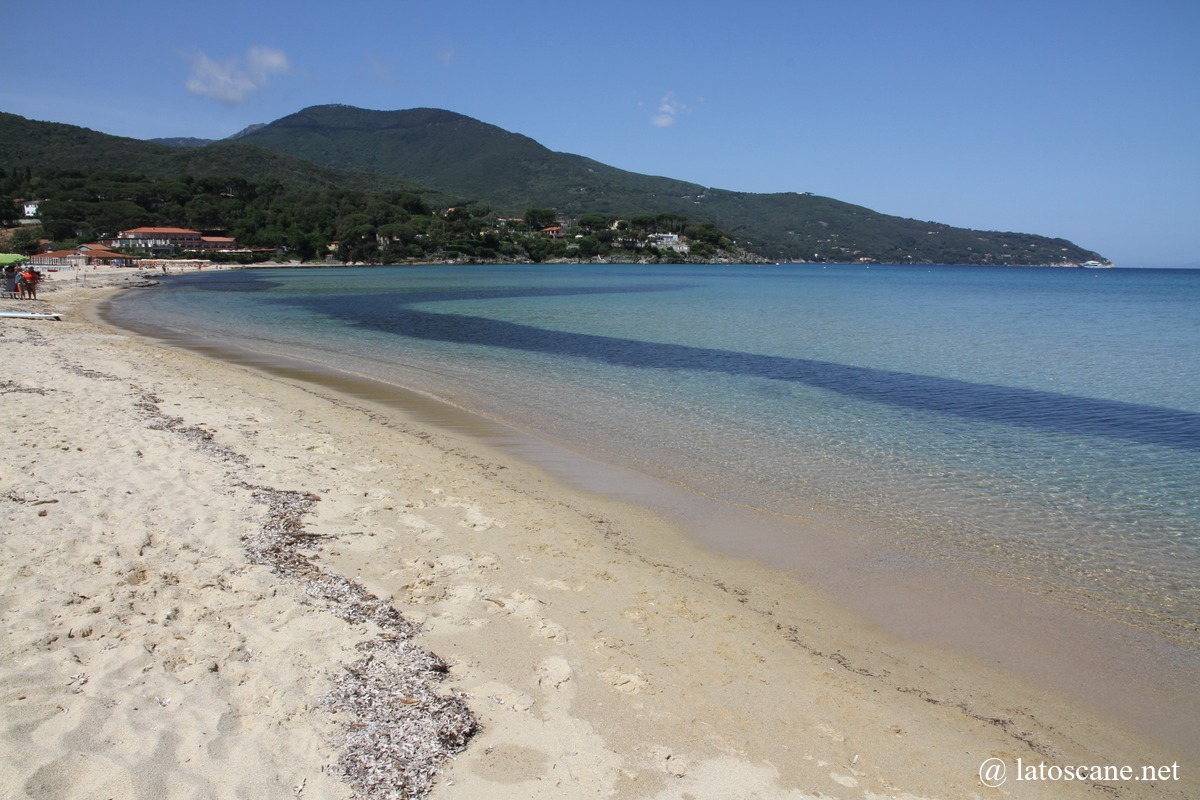
Marina di Campo: Family Beach and Harbor
Marina di Campo, a family-friendly resort, is located at the center of the eponymous bay, featuring its long sandy beach, the longest on the island, partially lined by the promenade and partially by pine trees. The water is shallow over a large distance, which makes it easy for children to swim and play by the sea; the beach alternates between equipped areas (umbrellas, facilities) and free sections.
The harbor and the town center offer accommodations, seafood restaurants, and a few shops. Services are available for boat trips to nearby coves.
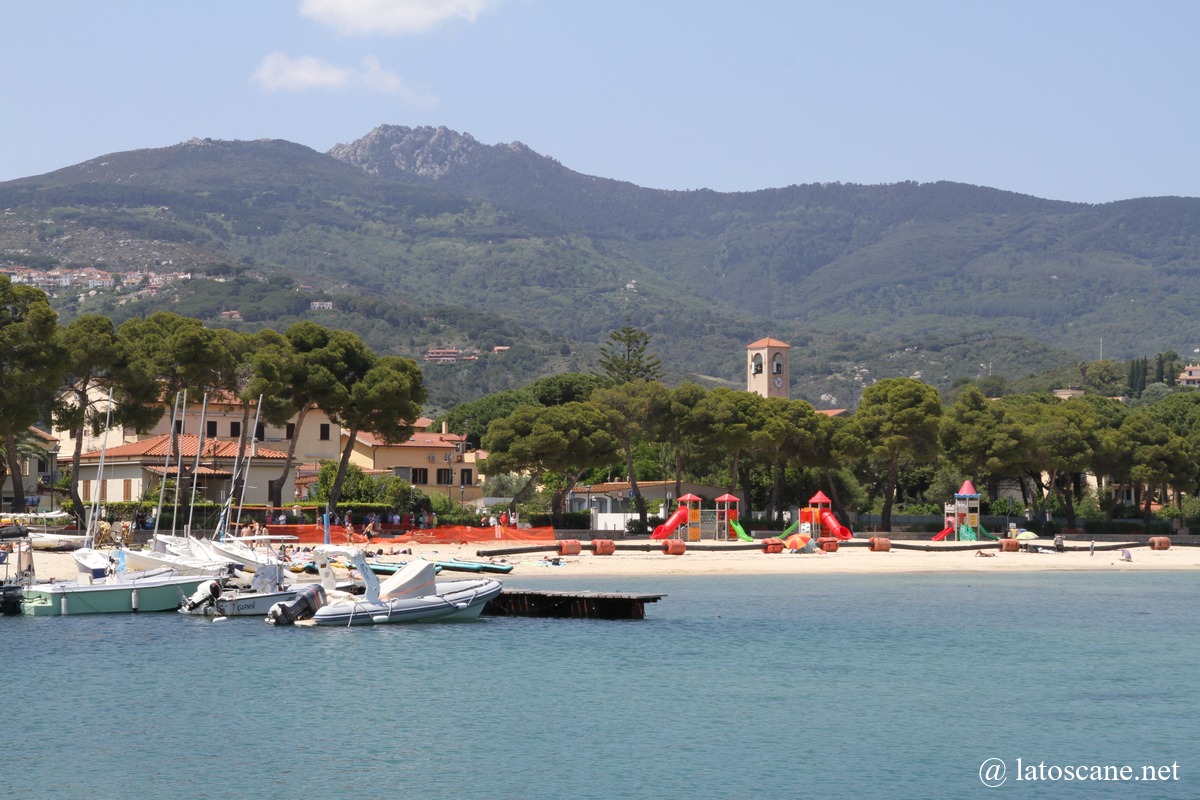
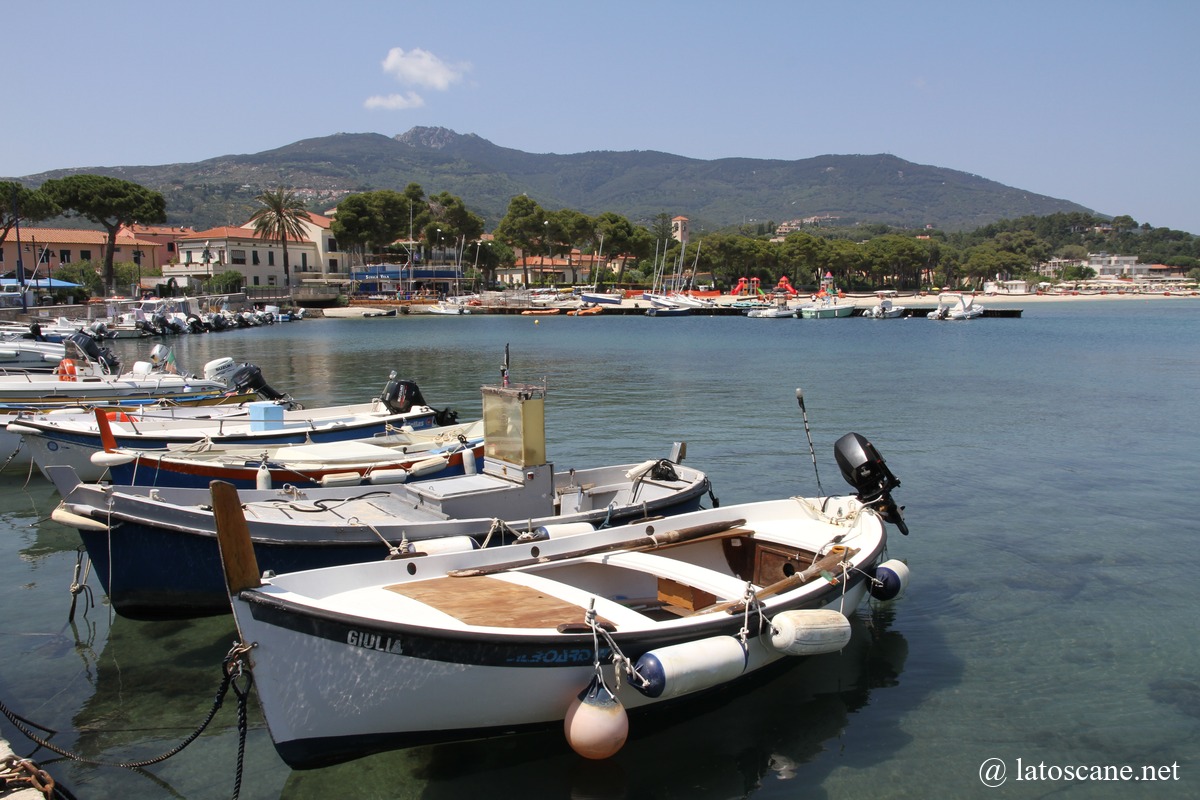
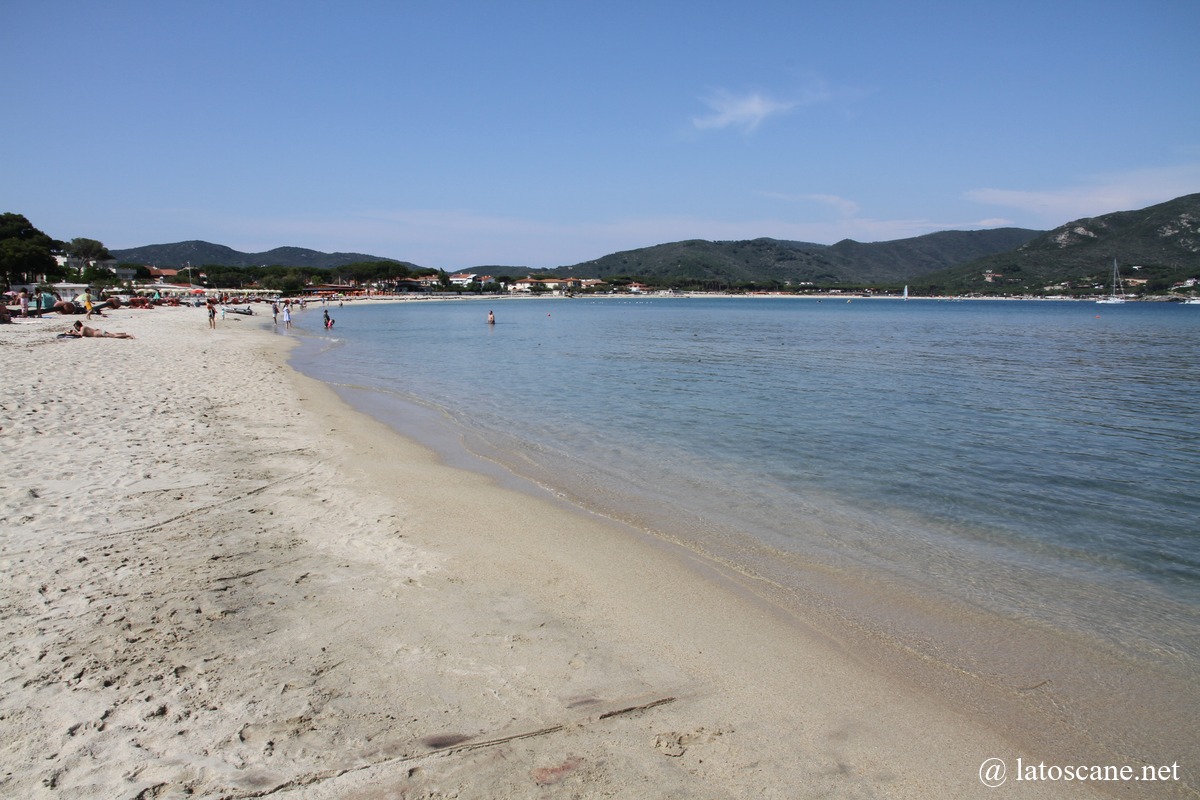
Monte Poro and Galenzana: Lighthouse and Views
Monte Poro is a promontory overlooking the coast just southwest of Marina di Campo, marked by the presence of a small white lighthouse that signals the bay. The ascent, about 2 km, is easy and leads to a viewpoint over the Tyrrhenian Sea and the Tuscan Archipelago. Around the lighthouse remain remnants of World War II military positions.
On the slopes descending to the sea, Galenzana Cove nestles in a preserved natural environment: a sandy and pebbly beach, lightly frequented, surrounded by scrub and pine trees, ideal for those seeking tranquility. Nearby is the small chapel of San Mamiliano, a modest rural building that attests to the long human occupation of this area. The site combines natural, historical, and spiritual interest in a setting more secluded than the larger neighboring beaches.
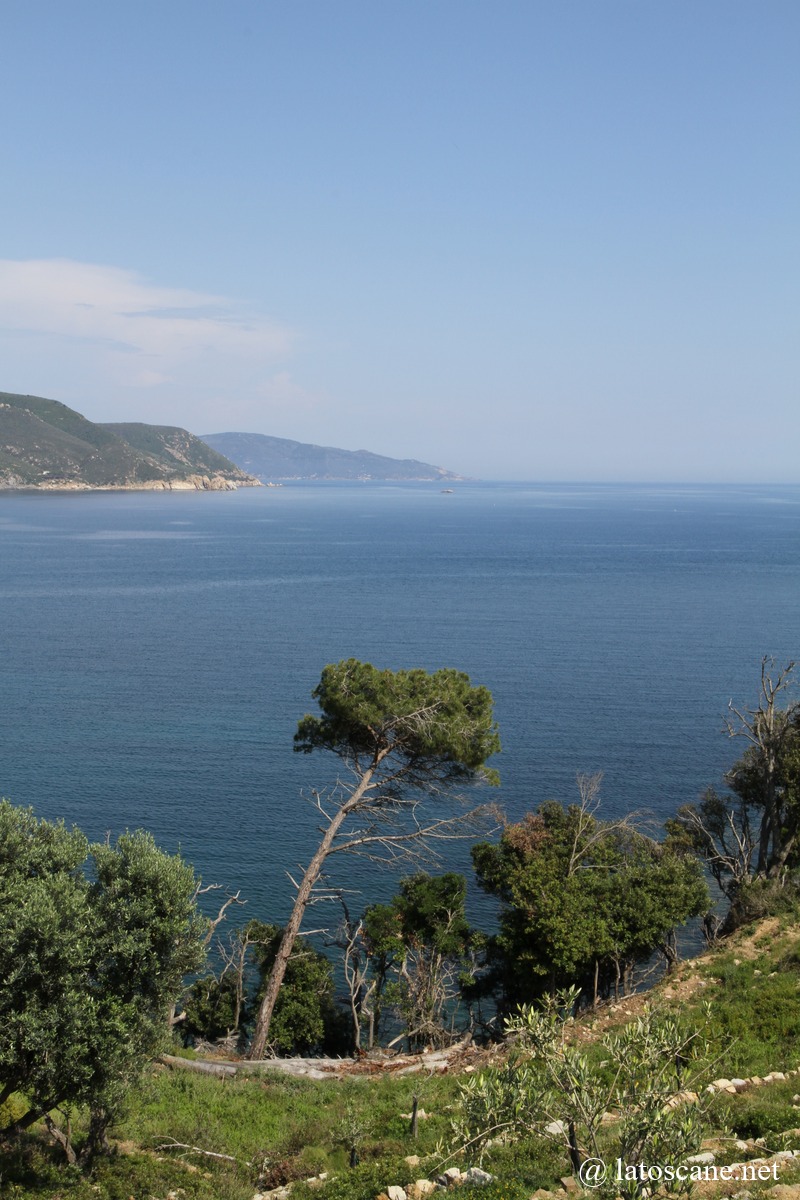
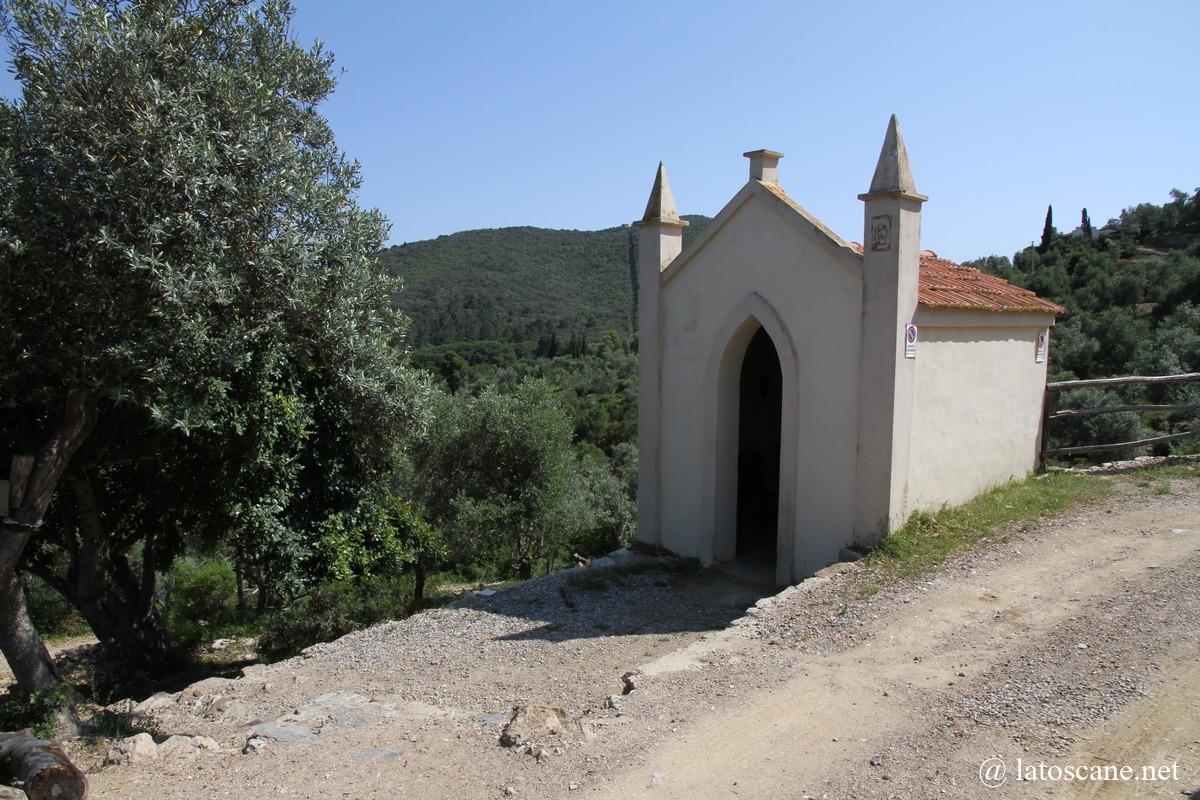
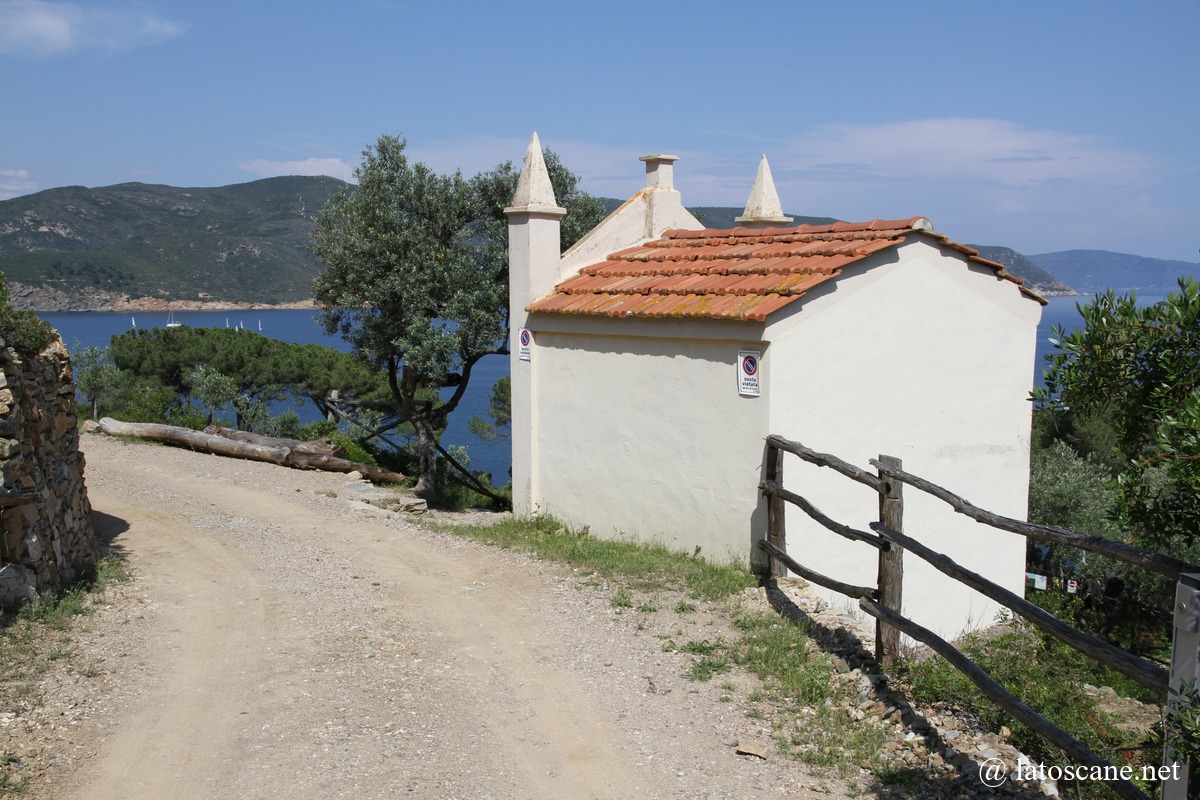
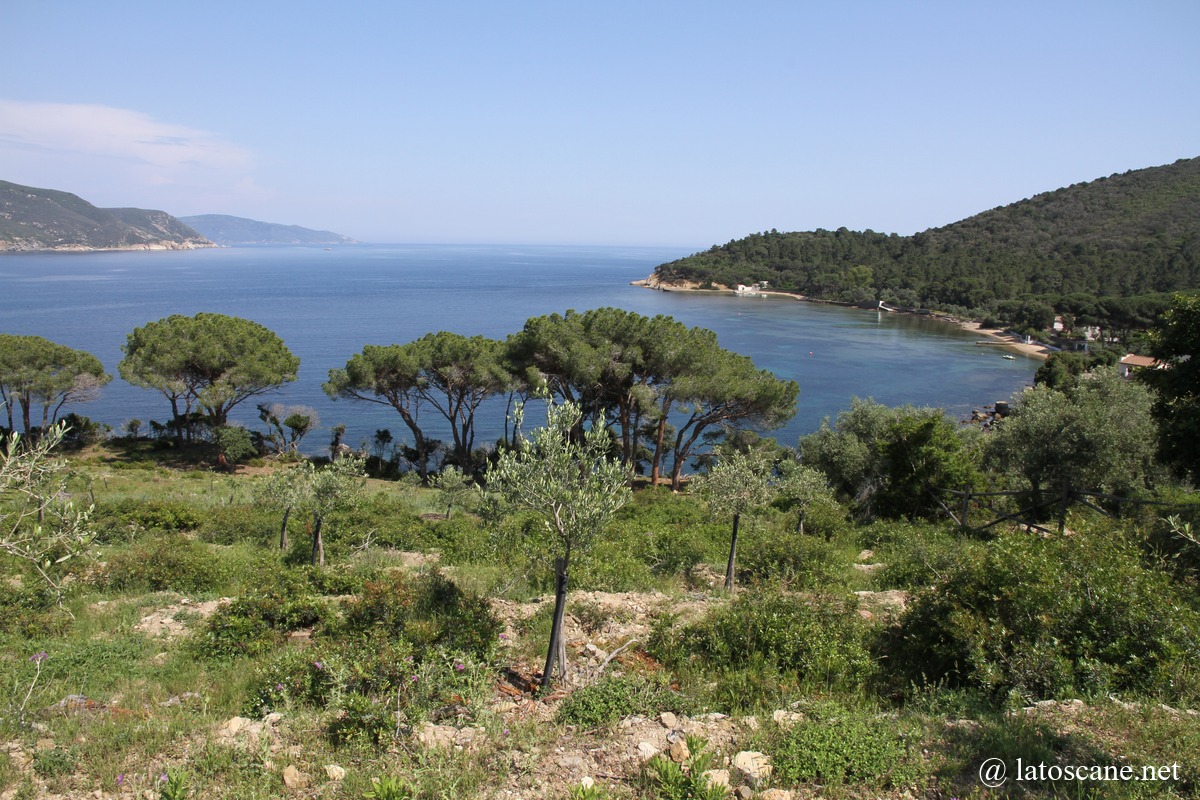
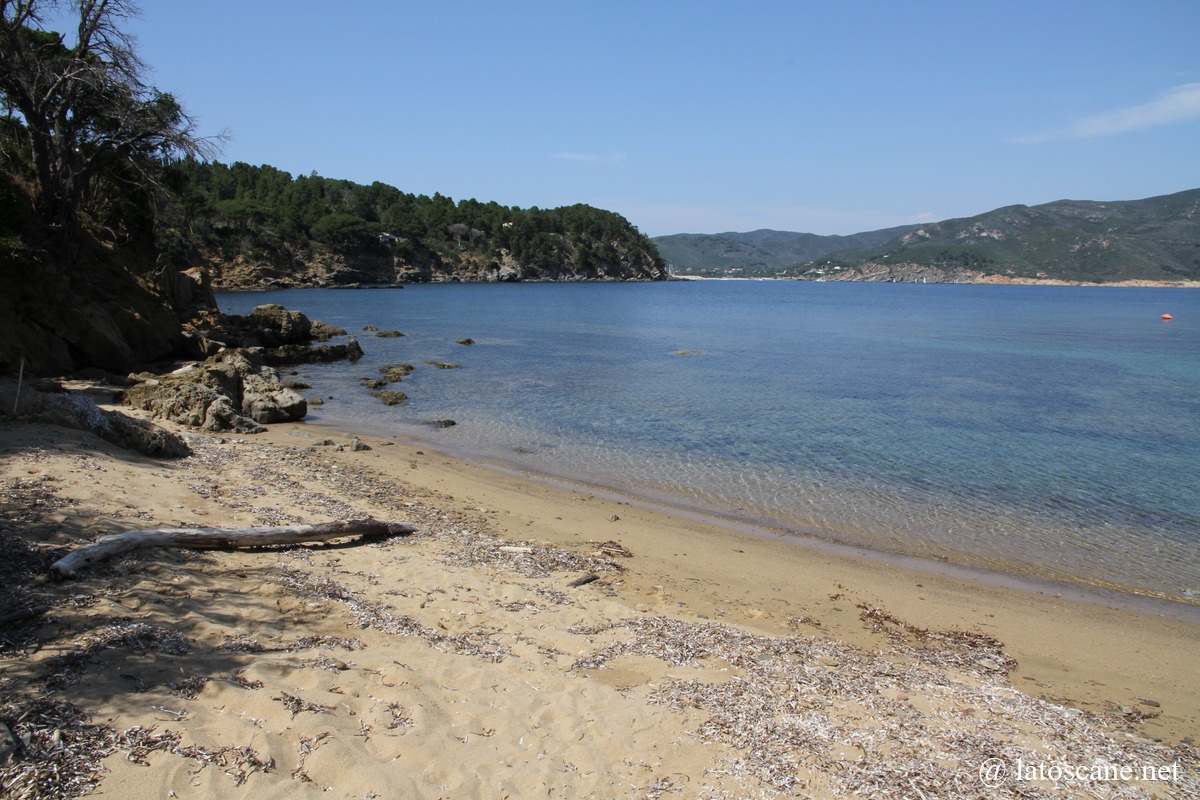
San Piero in Campo
Because at 227 m above sea level, on a granite ridge, San Piero overlooks the Campo plain and the bay of Marina di Campo. Its medieval architecture is well preserved, with granite alleyways, stairways, and historic façades.
The Church of San Nicolò (formerly Saints Peter and Paul) is notable, very old, and built on the remains of a Roman temple dedicated to Glaucus (marine deity, son of Poseidon), characterized by its two-nave and two-apse structure.
The Luigi Celleri Mineralogical Museum provides insight into the local geological wealth (pegmatites, crystals, granite extraction), through its collections and exhibitions on techniques.
The Granite Quarries (both old and current) supply not only the stone for local architecture but also create a visible link between the landscape and the village’s traditional economy.
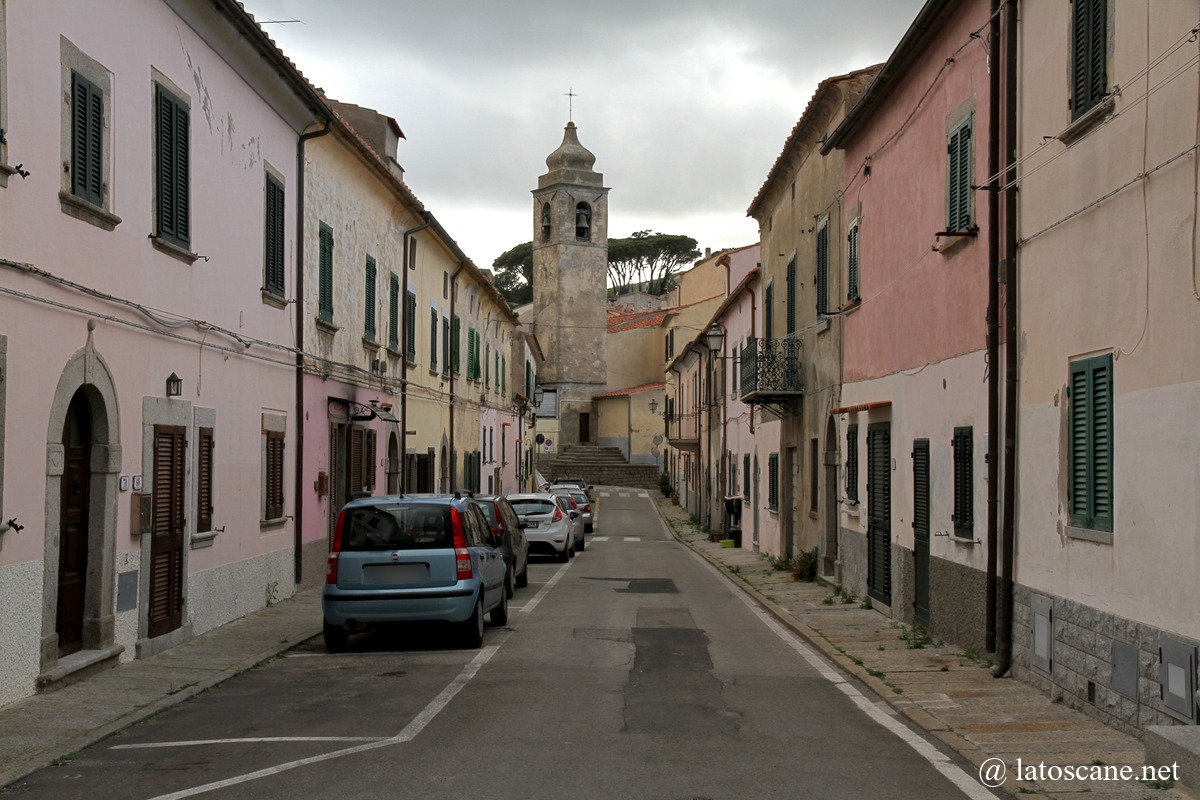
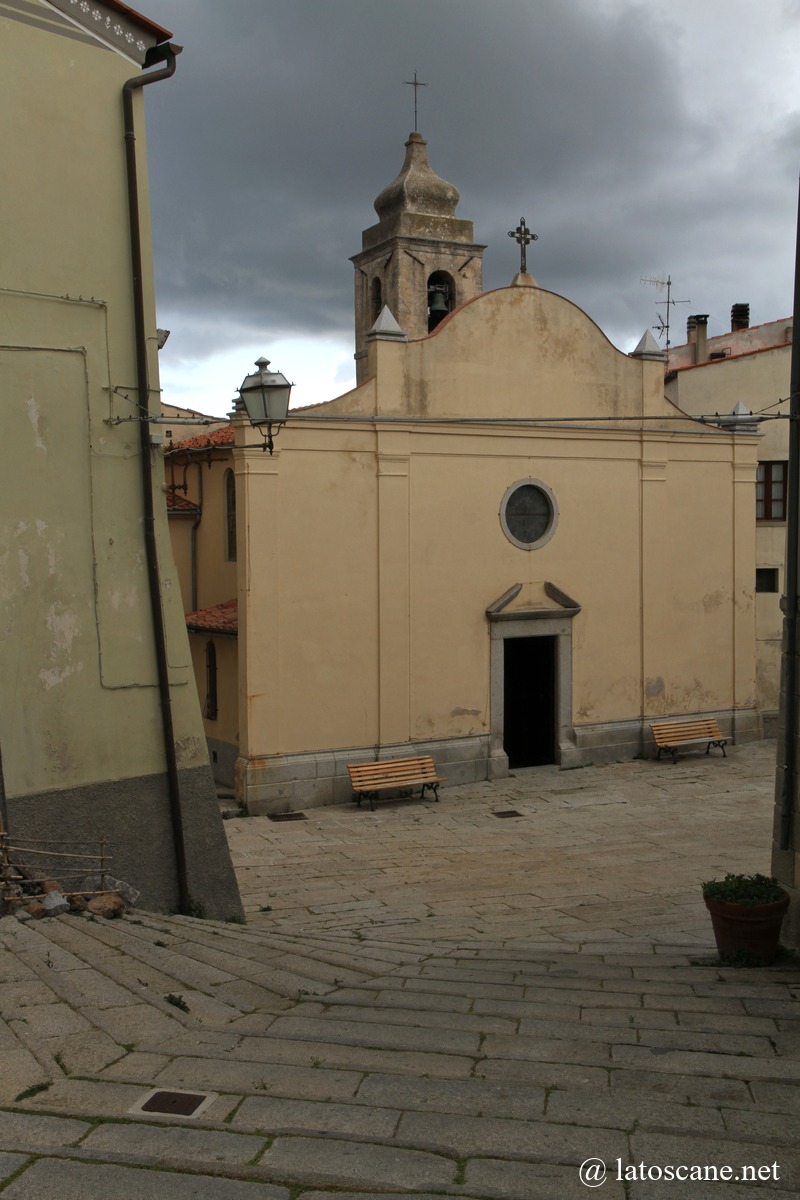
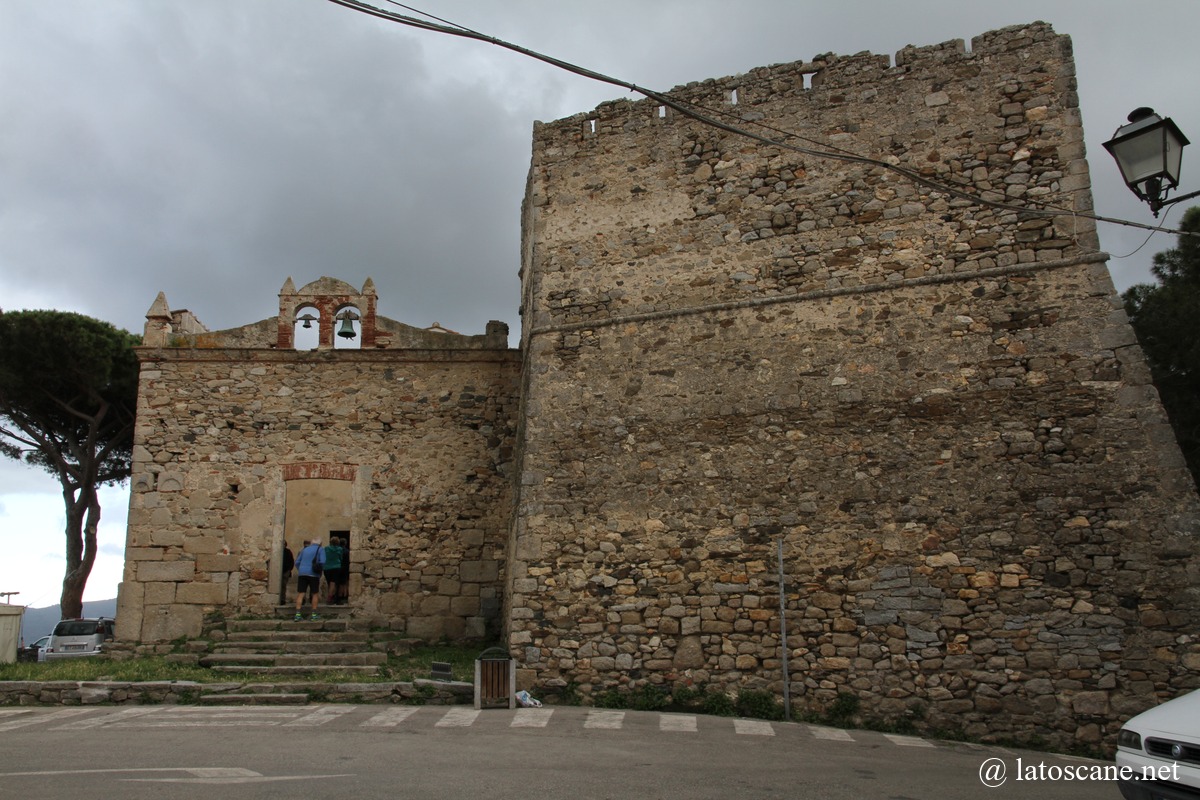
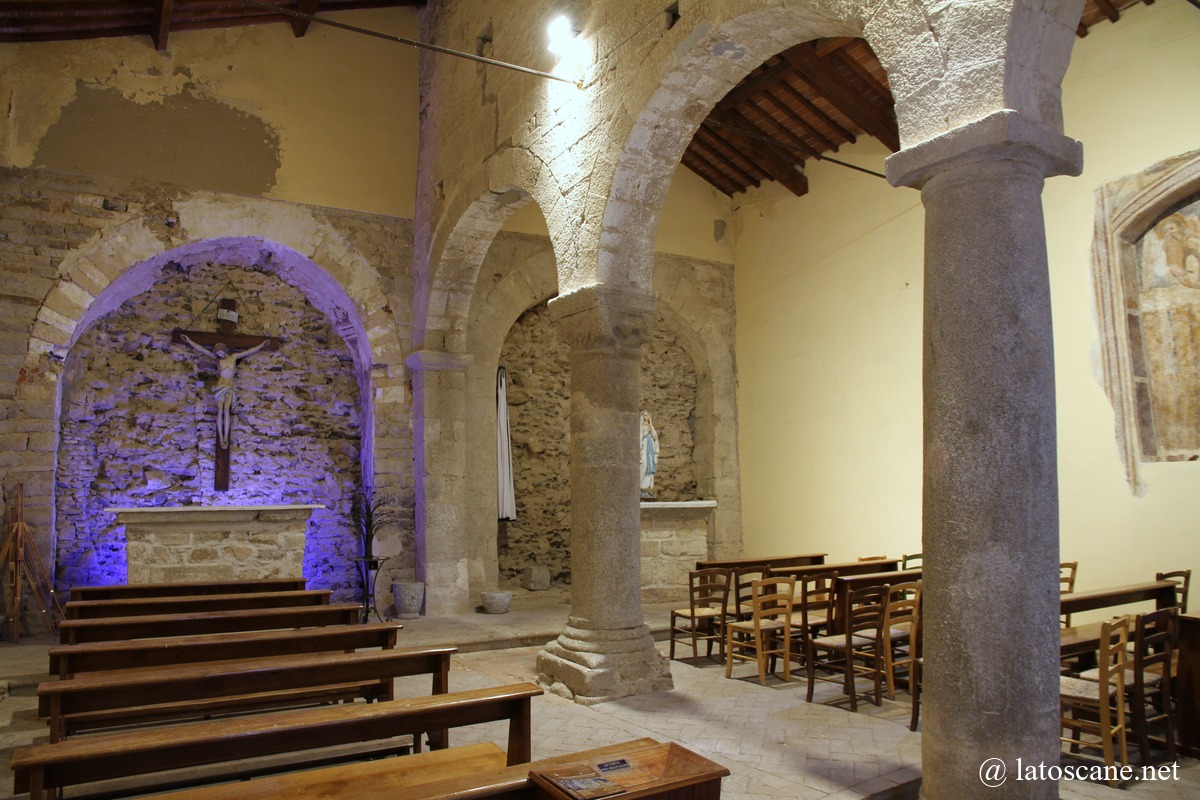
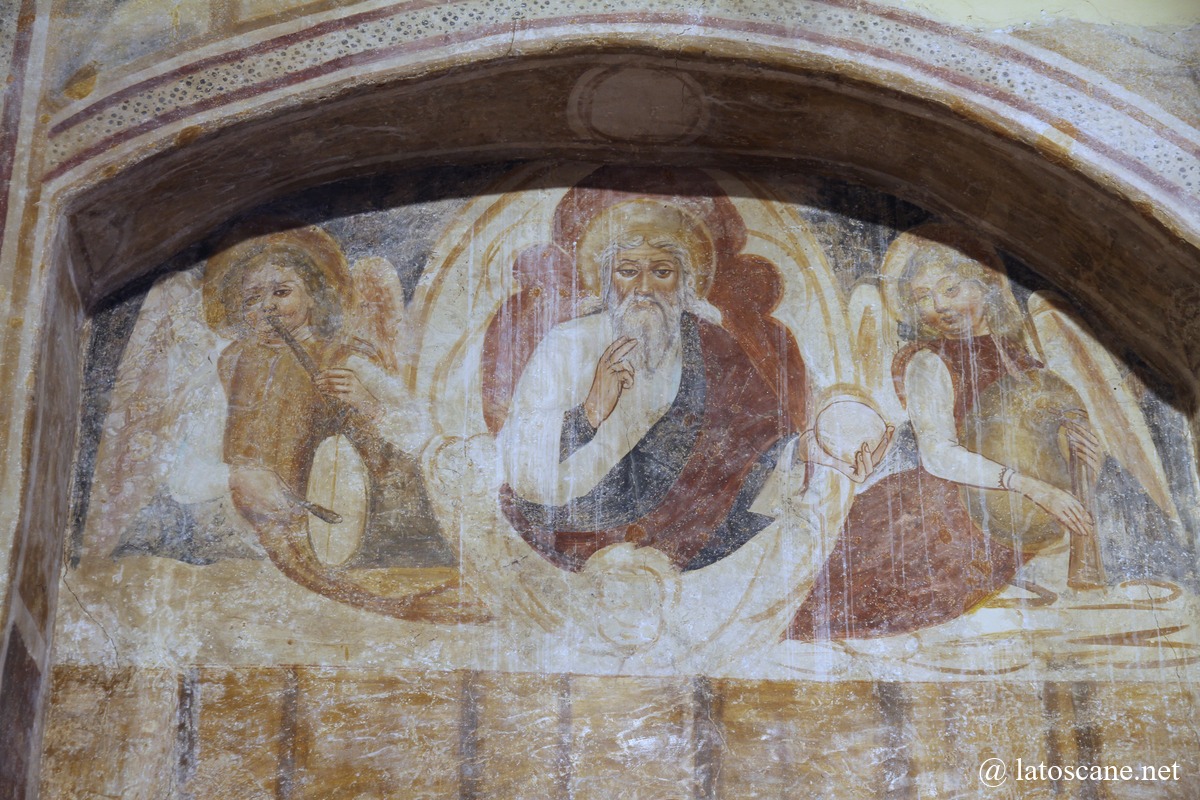
Sant’Ilario in Campo and Its Surroundings
Sant’Ilario in Campo is a small, quiet, and authentic medieval village, situated on a hill overlooking Marina di Campo. It is pleasantly characterized by its cobbled streets and granite square, flowered stairways, and its church.
Not far, climbing towards the mountains and Mount Peronne, the Torre di San Giovanni is a square defensive tower from the Pisan era, standing on a large rock and overseeing the Gulf of Marina di Campo.
Nearby, the Church of San Giovanni in Campo (Romanesque, 11th–12th century) is well preserved, surrounded by nature, in a bucolic site imbued with mysteries.
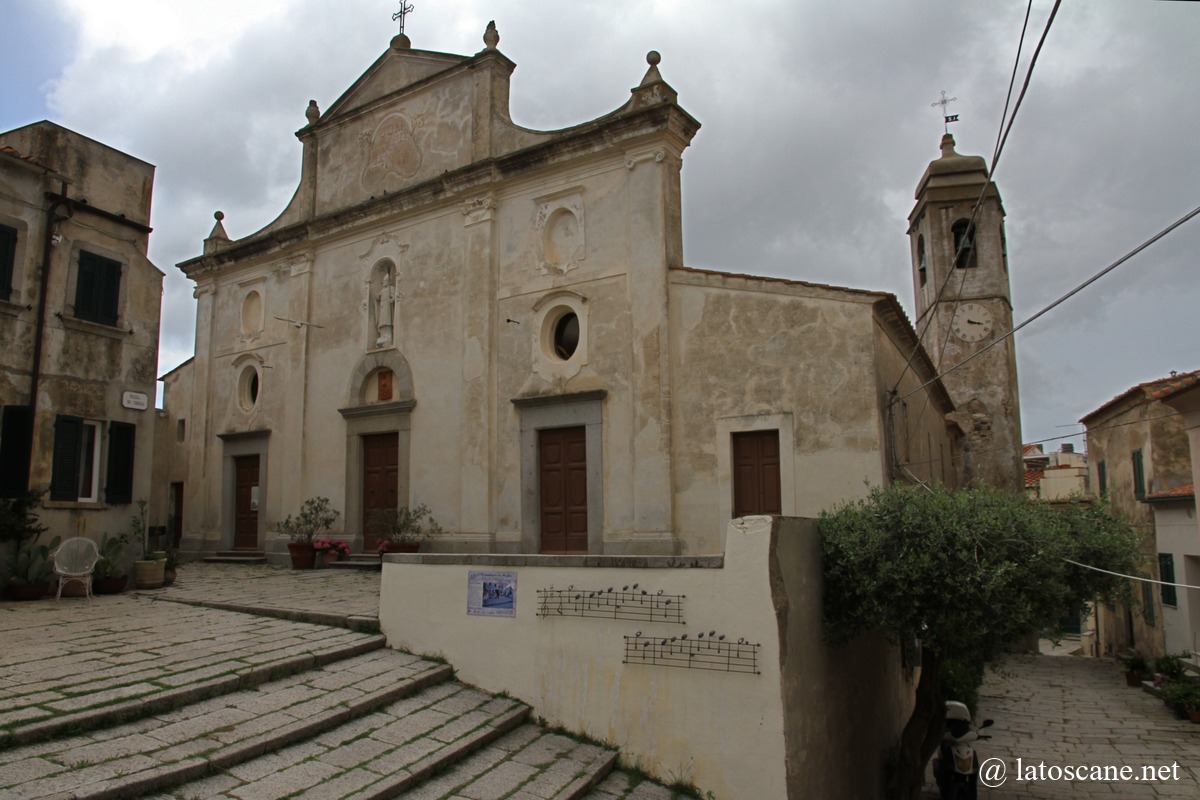
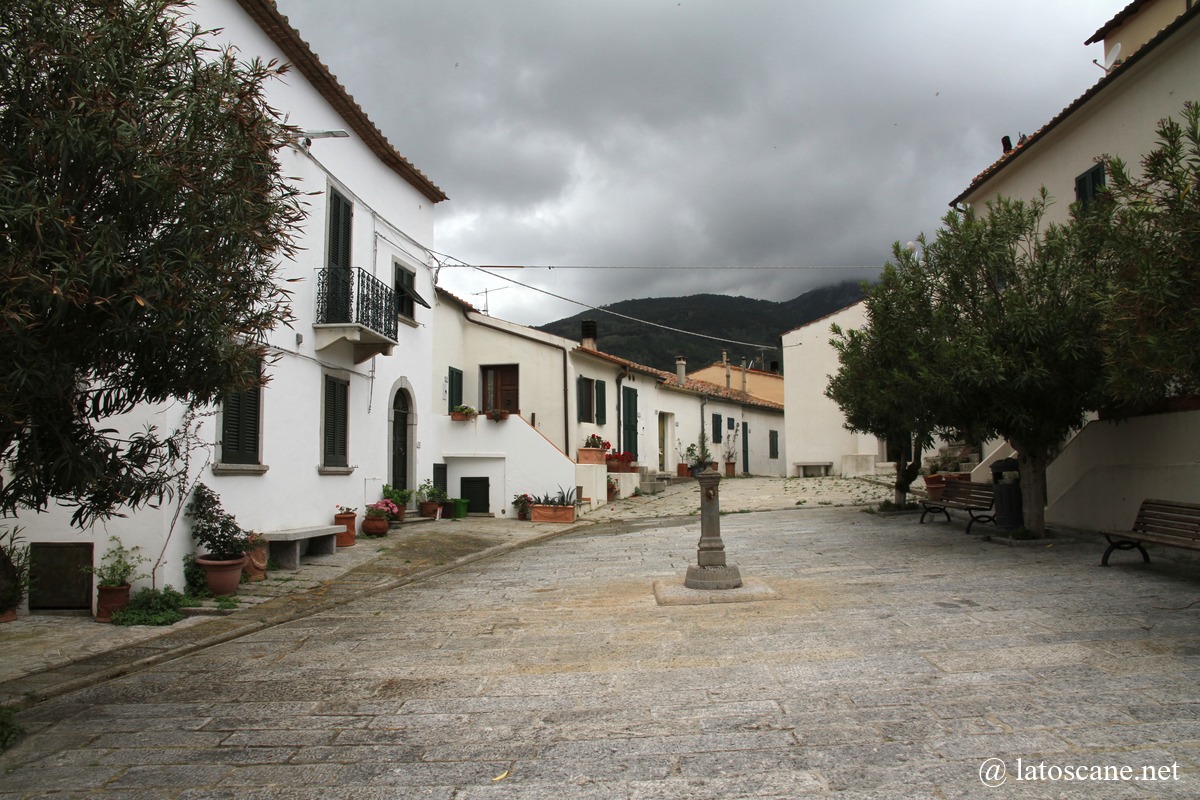
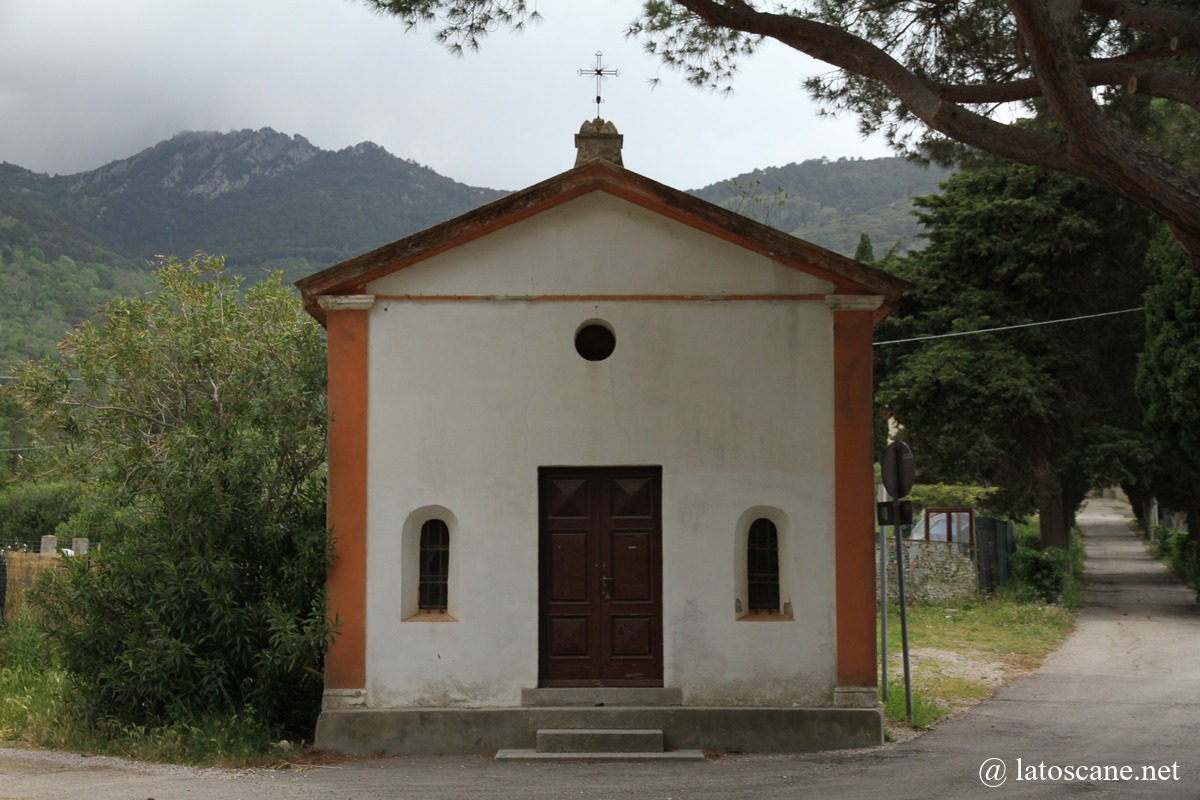
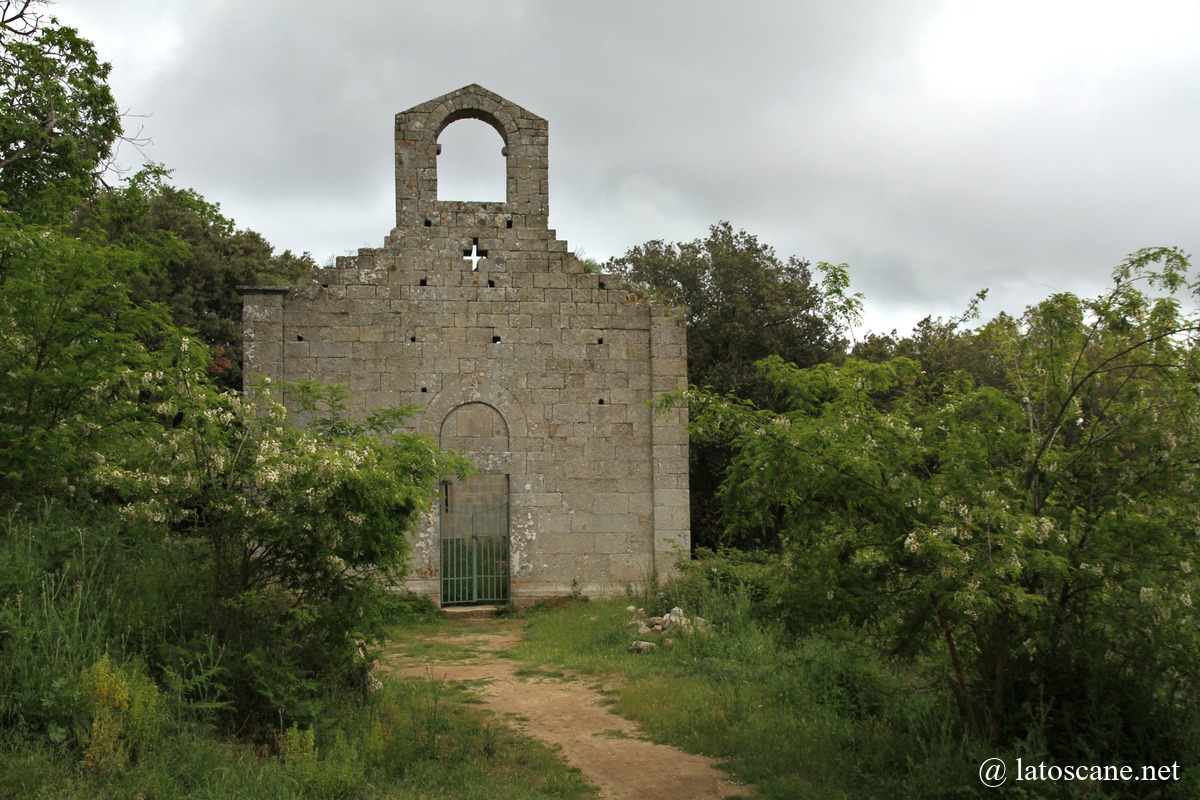
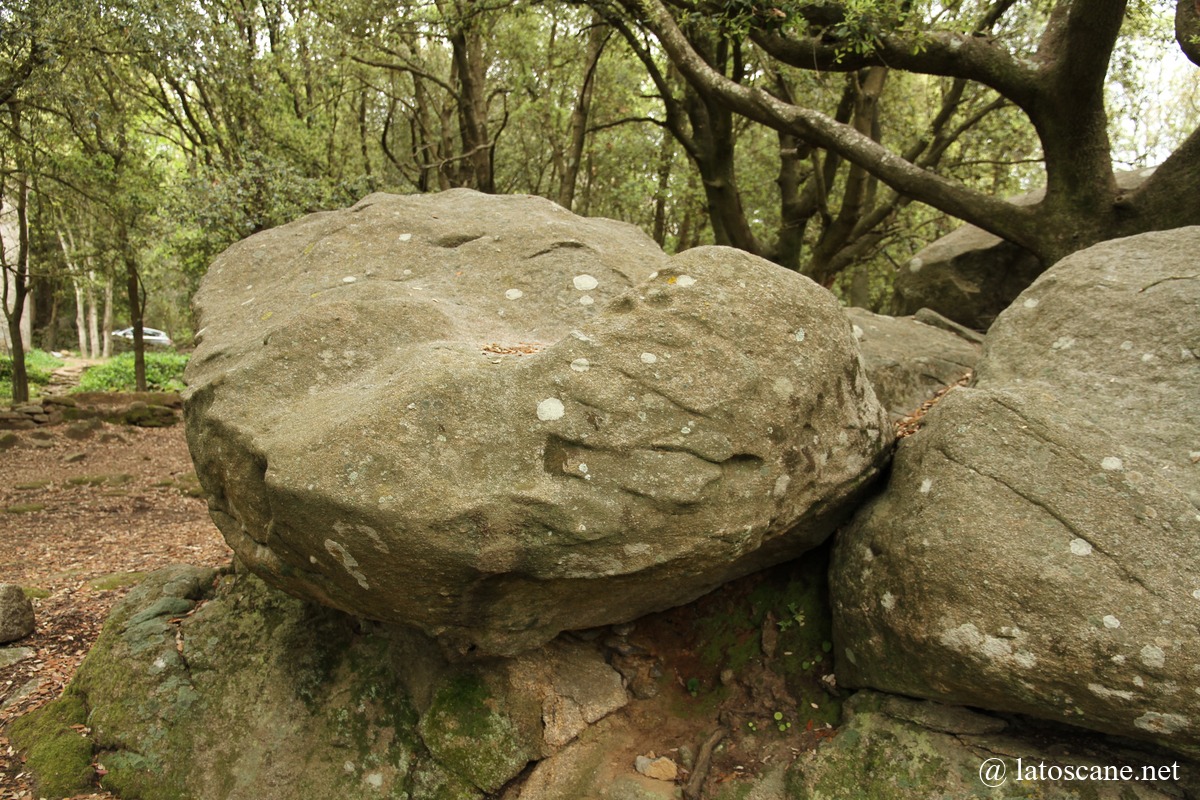
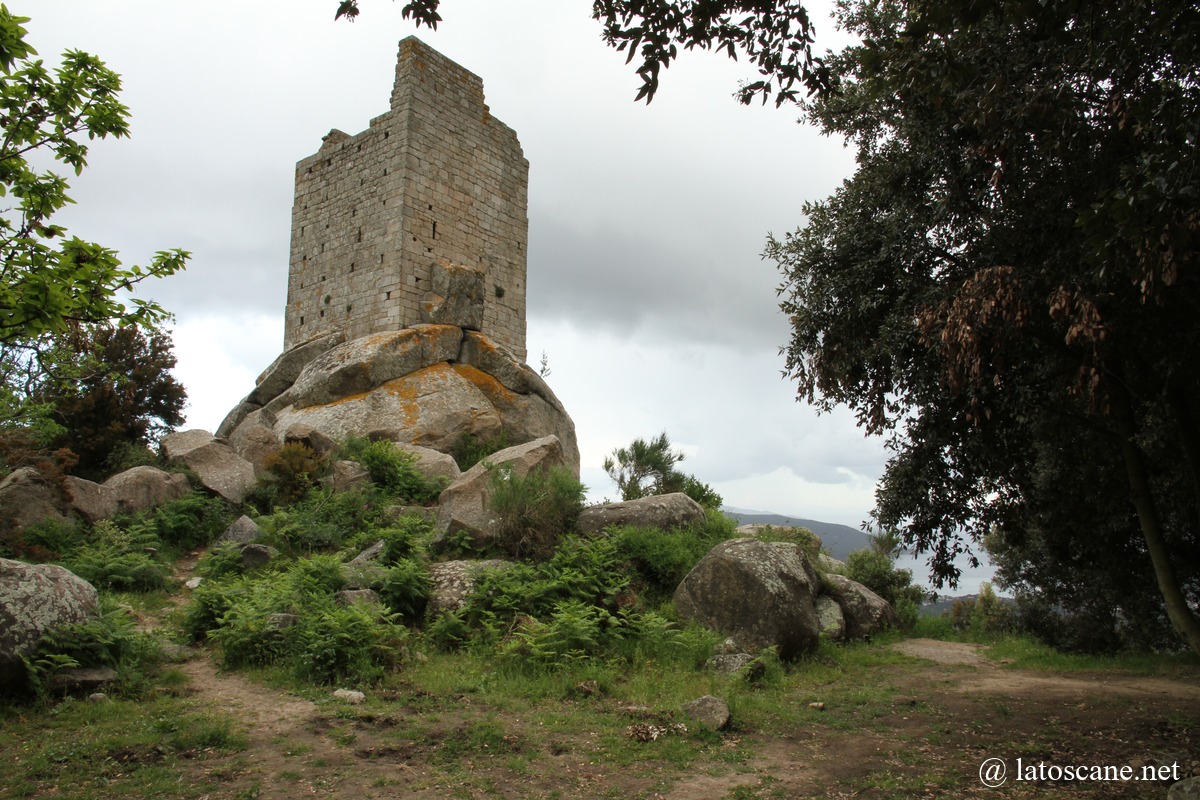
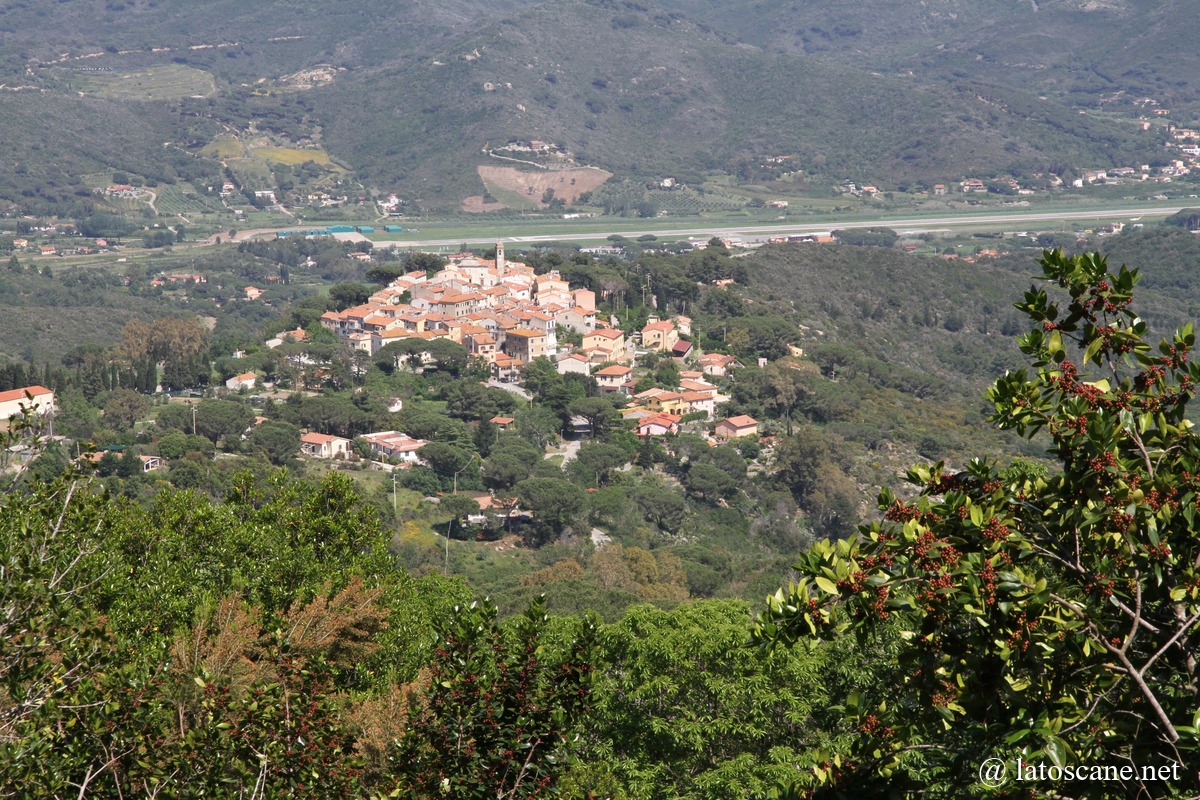
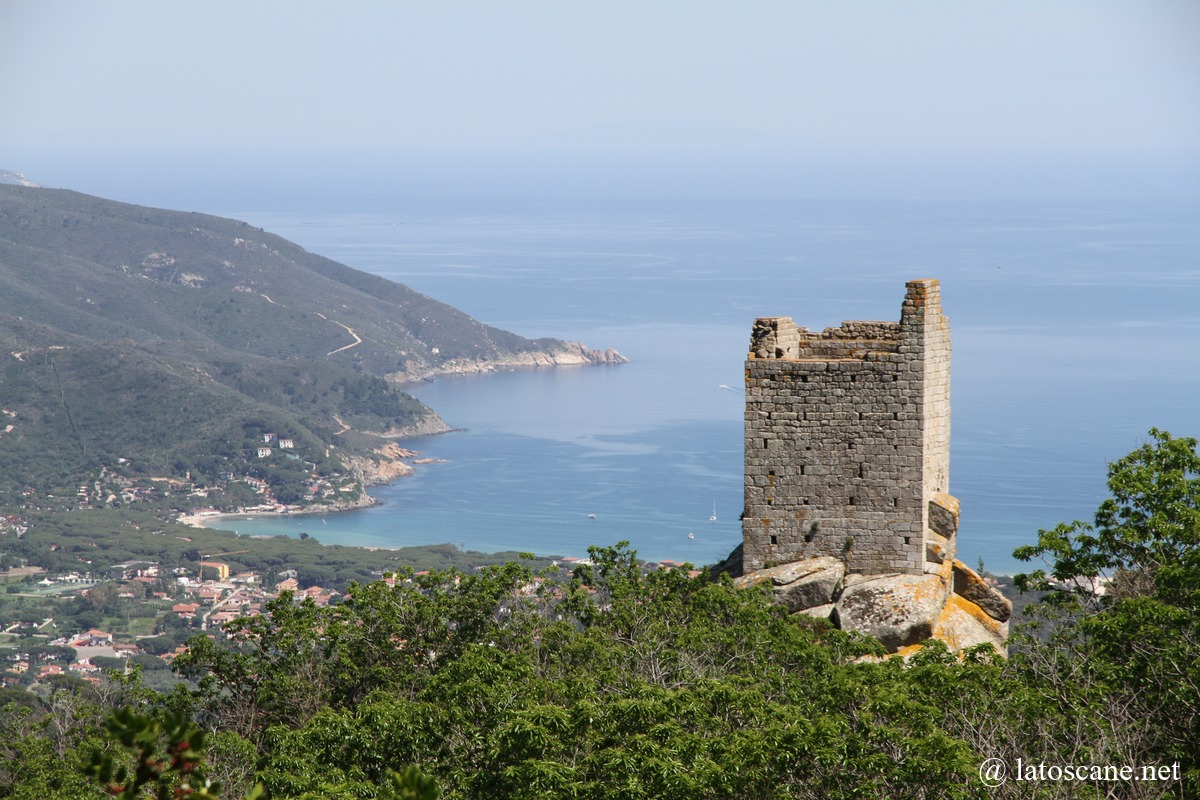
Information and Visits
Suggested Tours and Hikes
Links and Information
- Procchio Beach – general overview, access and facilities
- Practical Guide “Procchio Beach” – local information and visiting tips
- MUM – Luigi Celleri Mineralogical Museum (San Piero) – mineralogy, granite quarries, and local collection
- Sant’Ilario in Campo – village history, granite streets and viewpoints
- Monte Perone – hiking routes and panoramic trail descriptions
- Galenzana / Monte Poro – hiking loop and access to Galenzana Cove (map & GPX tracks)

No Comments Yet